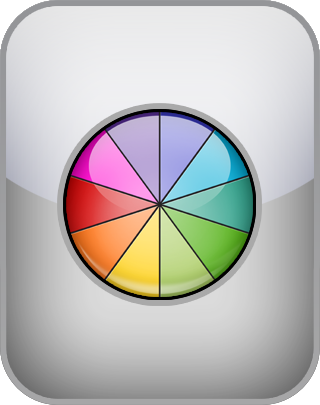Academically reviewed by Dr. Jennifer Schulz, Ph.D., associate professor of psychology
Autism Spectrum Test
The autism spectrum encompasses a range of neurodevelopmental conditions, all pointing to the presence of disorders such as classic autism, Asperger's syndrome, or Rett's syndrome. However, there is considerable variation in the type and severity of the symptoms.
This test combines the insights of several prior efforts to research the autism spectrum to bring you a single, composite test measuring autism spectrum occurrences across 10 different domains.
Where do you fall on the autism spectrum? For each of the following questions, indicate your level of agreement below.
Question 1 of 50
I accumulate lots of facts on subjects and topics that interest me.
| Disagree | Agree |
NEXT
The IDRlabs ASD Test (IDR-ASDT) was developed by IDRlabs. The IDR-ASDT is based on the work of Dr. Sarah L. Barret, Dr. Mirko Uljarevic, Dr. Emma K. Baker, Dr. Amanda L. Richdale, Dr. Catherine R.G. Jones, and Dr. Susan R. Leekam, who created the Adult Repetitive Behaviours Questionnaire-2 (RBQ-2A). The IDR-ASDT is not associated with any of the above-mentioned researchers.
The IDRlabs Autism Spectrum Test was informed by the RBQ-2A’s criteria for ASD, as published in Barret, S., Uljarevic, M., Baker, E., Richdale, A., Jones, C., & Leekam, S. (2015). The adult repetitive behaviours questionnaire-2 (RBQ-2A): A self-report measure of restricted and repetitive behaviours. Journal of Autism and Developmental Disorders, 45(11): 3680–3692; Barrett, S.L., Uljarević, M., Jones, C.R.G. et al. Assessing subtypes of restricted and repetitive behaviour using the Adult Repetitive Behaviour Questionnaire-2 in autistic adults. Molecular Autism 9, 58 (2018); Allely, C.S. (2019). Exploring the female autism phenotype of repetitive behaviours and restricted interests: A systematic PRISMA review. University of Salford Institutional Repository.
The work of Dr. Barret, Dr. Uljarevic, Dr. Baker, Dr. Richdale, Dr. Jones, and Dr. Leekam has also informed some of the diagnostic criteria in the form of the widely used psychological instrument, the RBQ-2A, for clinical use, especially by qualified mental health professionals. The present test is intended for educational purposes only. IDRlabs and the present IDRlabs ASD Test are independent of the above researchers, organizations, or their affiliated institutions.
The Autism Spectrum Test is based on a famous and well-regarded inventory for the assessment of the clinical concept of autism spectrum disorders, which is regarded as a range of interlinked neurodevelopmental disorders. However, free online tests and quizzes such as this one are solely first glances and cannot provide an accurate assessment of your potential condition. Hence, the test is intended to be used for educational purposes only. A definitive mental health assessment can be made only by a qualified mental health professional.
The 10 dimensions measured by this test are: Depression, Fixations, Abnormal/Flat Speech, Noise Sensitivity, Social Difficulty, Anxiety, Abnormal Posture, Poor Eye Contact, Tics and Fidgets, and finally Aggression. The test does not purport that this is the only possible rendition of the autism spectrum.
As the publishers of this free online Autism Spectrum Disorder Test, which allows you to screen yourself for the signs and symptoms of this neurodevelopmental disorder across 10 different dimensions, we have strived to make the test as reliable and valid as possible by subjecting it to statistical controls and validation. However, free online quizzes such as the present Autism Spectrum Disorder Test do not provide professional assessments or recommendations of any kind; the test is provided entirely “as-is.” For more information about any of our online tests and quizzes, please consult our Terms of Service.
References
- Barret, S., Uljarevic, M., Baker, E., Richdale, A., Jones, C., & Leekam, S. (2015). The adult repetitive behaviours questionnaire-2 (RBQ-2A): A self-report measure of restricted and repetitive behaviours. Journal of Autism and Developmental Disorders, 45(11): 3680–3692.
- Barrett, S.L., Uljarević, M., Jones, C.R.G. et al. Assessing subtypes of restricted and repetitive behaviour using the Adult Repetitive Behaviour Questionnaire-2 in autistic adults. Molecular Autism 9, 58 (2018).
- Allely, C.S. (2019). Exploring the female autism phenotype of repetitive behaviours and restricted interests: A systematic PRISMA review. University of Salford Institutional Repository.

 English
English  Español
Español  Português
Português  Deutsch
Deutsch  Français
Français  Italiano
Italiano  Polski
Polski  Русский
Русский  Türkçe
Türkçe  العربية
العربية  日本語
日本語  한국어
한국어  ไทย
ไทย  汉语
汉语 